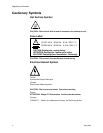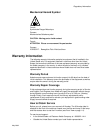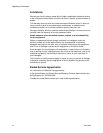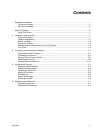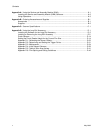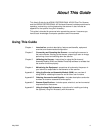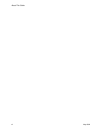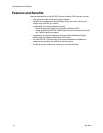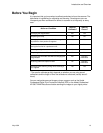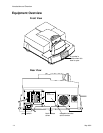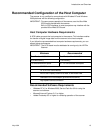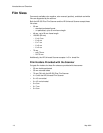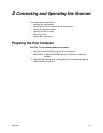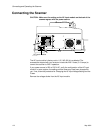May 2002 1-1
1 Introduction and Overview
This chapter includes:
• product description
• features and benefits
• equipment overview
• recommended configuration for host computer
• film sizes
Product Description
With the Kodak Professional HR 500 Plus Film Scanner and the Kodak
Professional HR Universal Film Scanners, you can quickly generate high-
resolution digital images from photographic negatives and positives.
You can digitally capture images and store them in files up to 128 MB (format
dependent) in size. The scanner is capable of variable magnifications from
0.5to2.0.
The new DIGITAL ICE technology corrects blemishes and defects on negatives
and reduces your post-print retouching time.
With the HR 500 Plus Film Scanner, you can use films ranging from 35 mm to 70
mm widths, including 46 mm width film and the 120 series formats, with up to 90
mm frame lengths.
With the HR Universal Scanner, you can use all film formats, from 35 mm to 70
mm widths, including 46 mm width film, the 120 series formats, and 4 x 5 sheet
film, with up to 125 mm frame lengths.
How the Scanner Works
The image on the film is focused onto a Charged Coupled Device (CCD) that has
three parallel linear rows of light-sensitive elements, one row for each color. Each
of these lines is exposed to a corresponding line of image on the film. The time to
expose each line properly is controlled electronically and is a function of the:
• sensitivity of the CCD
• amount and spectral distribution of light from the light source
• lens aperture
• magnification factor
After the exposure, the data from the photosensitive sites on the CCD is
transferred to readout registers for each line, where it is then shifted out and
digitized one pixel at a time. While the data is shifted out, the next set of lines is
exposed.
The film is moved to expose a new line of the image for each set of lines read from
the CCD. This motion is precisely controlled to ensure that the aspect ratio of the
image is not changed and that the colors align correctly when the data is
recombined to correct for the distance between the sensor rows.




